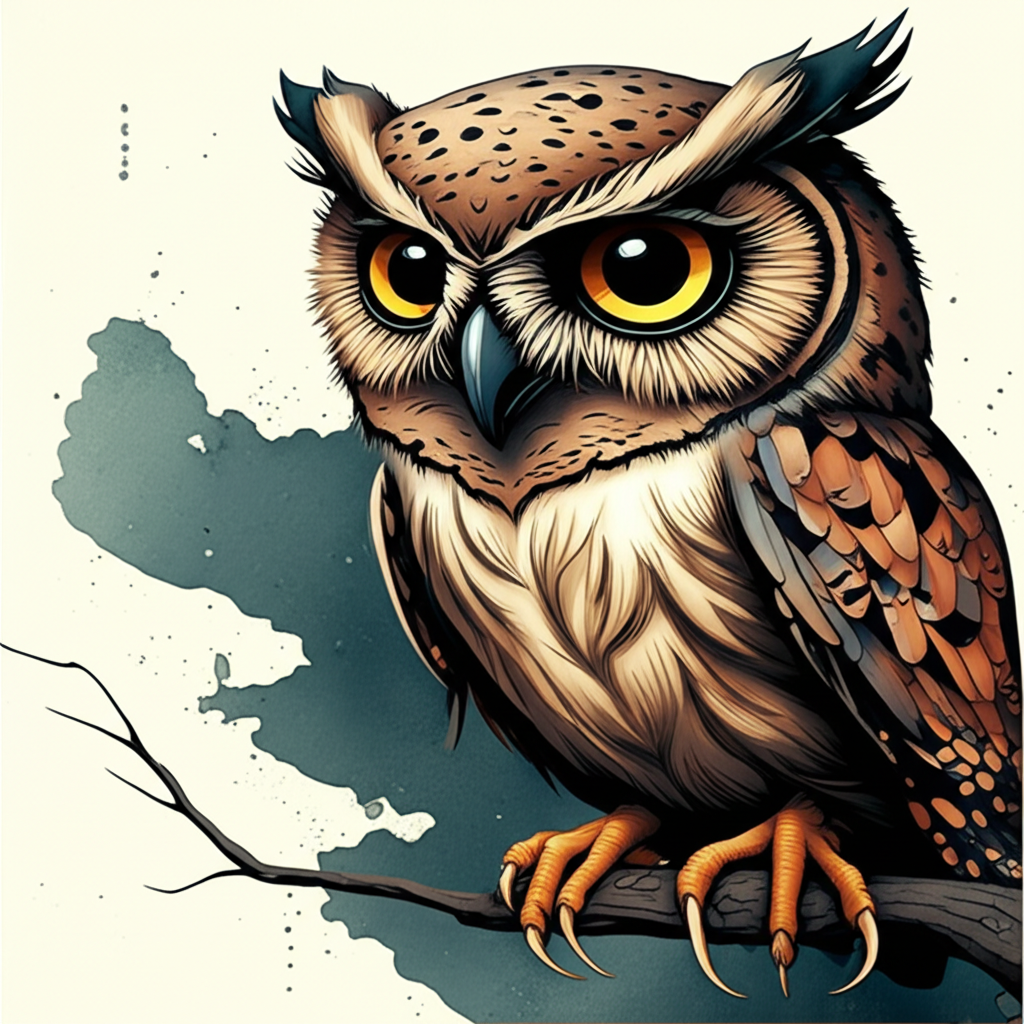
Owls, majestic birds of prey, have been the subject of fascination and superstition across cultures and throughout history. While often associated with wisdom, they have also been feared as omens of misfortune and death, their nocturnal habits and haunting calls contributing to a complex and often contradictory symbolic legacy.
Historical Background:
The owl’s history is deeply intertwined with ancient civilizations. In ancient Greece, the owl held a place of honor as a symbol of Athena, the goddess of wisdom, justice, and philosophy. Depictions of Athena frequently included an owl, known as the Owl of Athena or, in Roman contexts, the Owl of Minerva, often perched upon her head. Theophrastus, writing around 319 BC, noted the reverence for the owl, observing that individuals startled by an owl would invoke Athena’s name. This association with wisdom persists to this day.
Cultural Beliefs and Interpretations:
Despite its positive connotations in Greek culture, the owl also became associated with misfortune in other cultures. The Roman historian Pliny the Elder, writing in AD 77, considered the owl an ill omen, describing it as “most execrable and accursed” and a harbinger of bad news. This negative perception permeated later European folklore, with the owl’s screech frequently interpreted as a portent of doom. This belief found expression in literature, songs, and poems passed down through generations.
In the southern United States, a specific rhyme connected the screech owl’s call to imminent death, particularly if heard near a sweet gum tree. The rhyme prescribed countermeasures, such as placing a shovel in the fire to counteract the owl’s influence, especially if someone was ill. This reflects a belief in the owl’s ability to foresee or even cause death, stemming from its nocturnal habits and association with the spirits believed to roam the earth in darkness. Seeing an owl during the day was considered particularly unlucky, and an owl circling a house was seen as a sign of impending death for one of its inhabitants.
Evolution of the Superstition:
The owl’s symbolism varies regionally. Welsh legend suggests that an owl’s hoot signifies a woman’s loss of virginity. In Germany, hearing an owl during childbirth was believed to curse the child with an unhappy life, while in France, a pregnant woman hearing an owl would know she was carrying a girl. These diverse interpretations highlight the localized nature of superstitious beliefs surrounding the owl.
Modern Interpretations and Countermeasures:
During the Middle Ages, methods to counteract the perceived bad luck associated with owls involved ritualistic actions. These included thrusting iron objects, like shovels, into a fire, or removing clothing, turning it inside out, and quickly redressing. For longer-term protection, people would throw salt or vinegar into a fire, believing it would silence the owl by giving it a sore tongue. These practices reveal a belief in the ability to ward off the owl’s negative influence through symbolic acts and offerings.
While modern society largely dismisses these superstitions, the owl’s symbolic duality persists. It remains a symbol of both wisdom and foreboding, its image frequently used in literature, art, and popular culture, reminding us of its enduring presence in the human imagination and its long history as a creature of both reverence and fear.